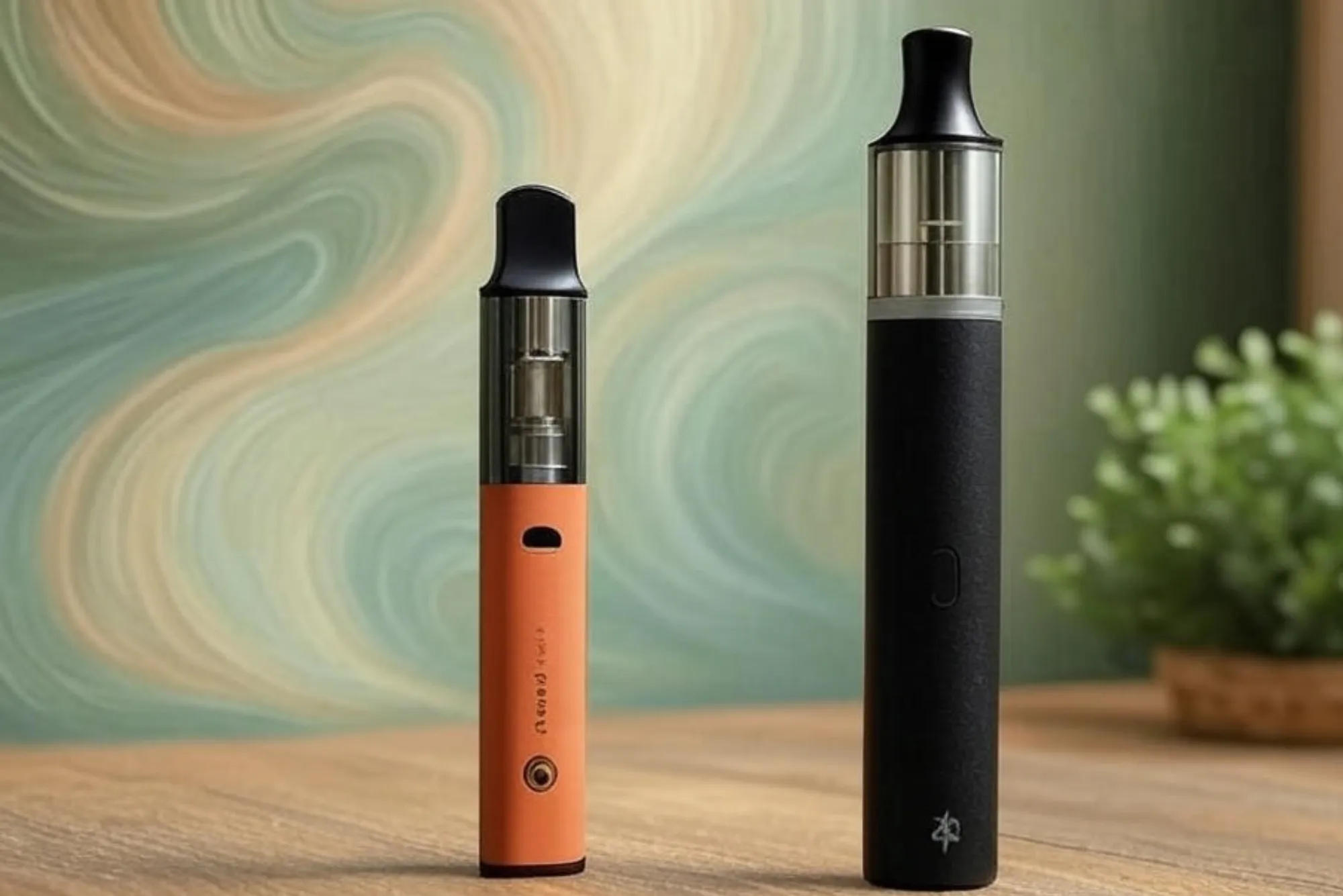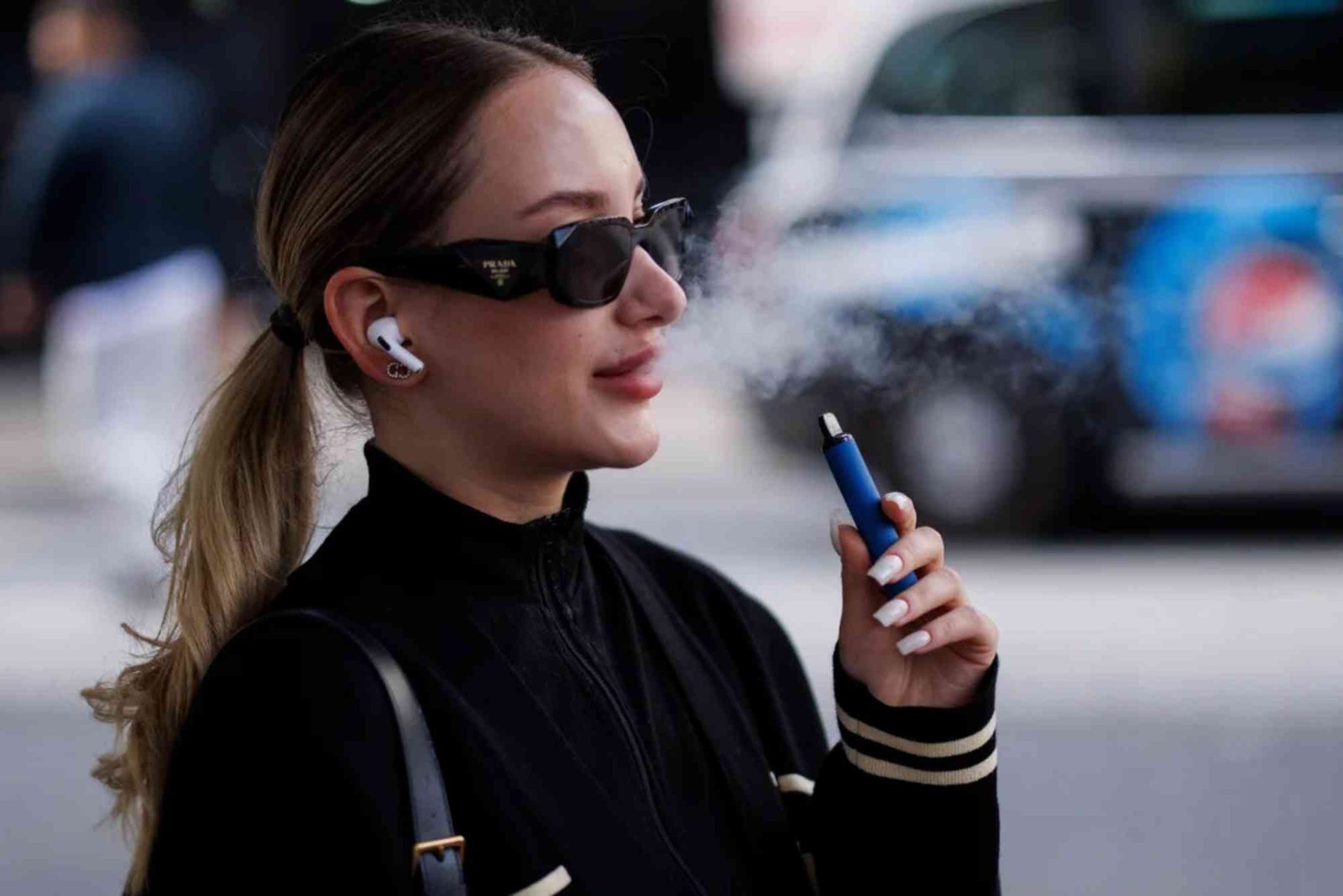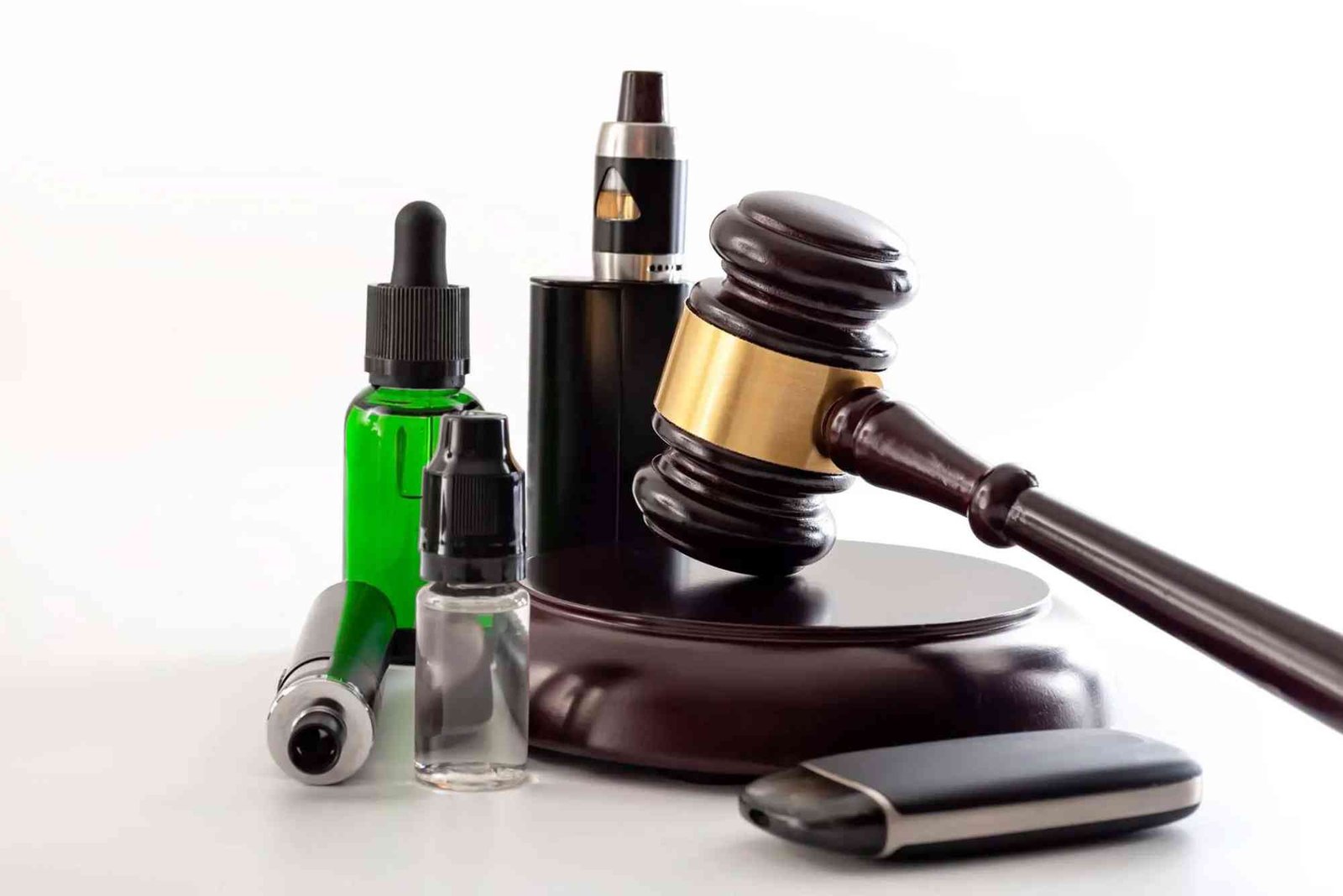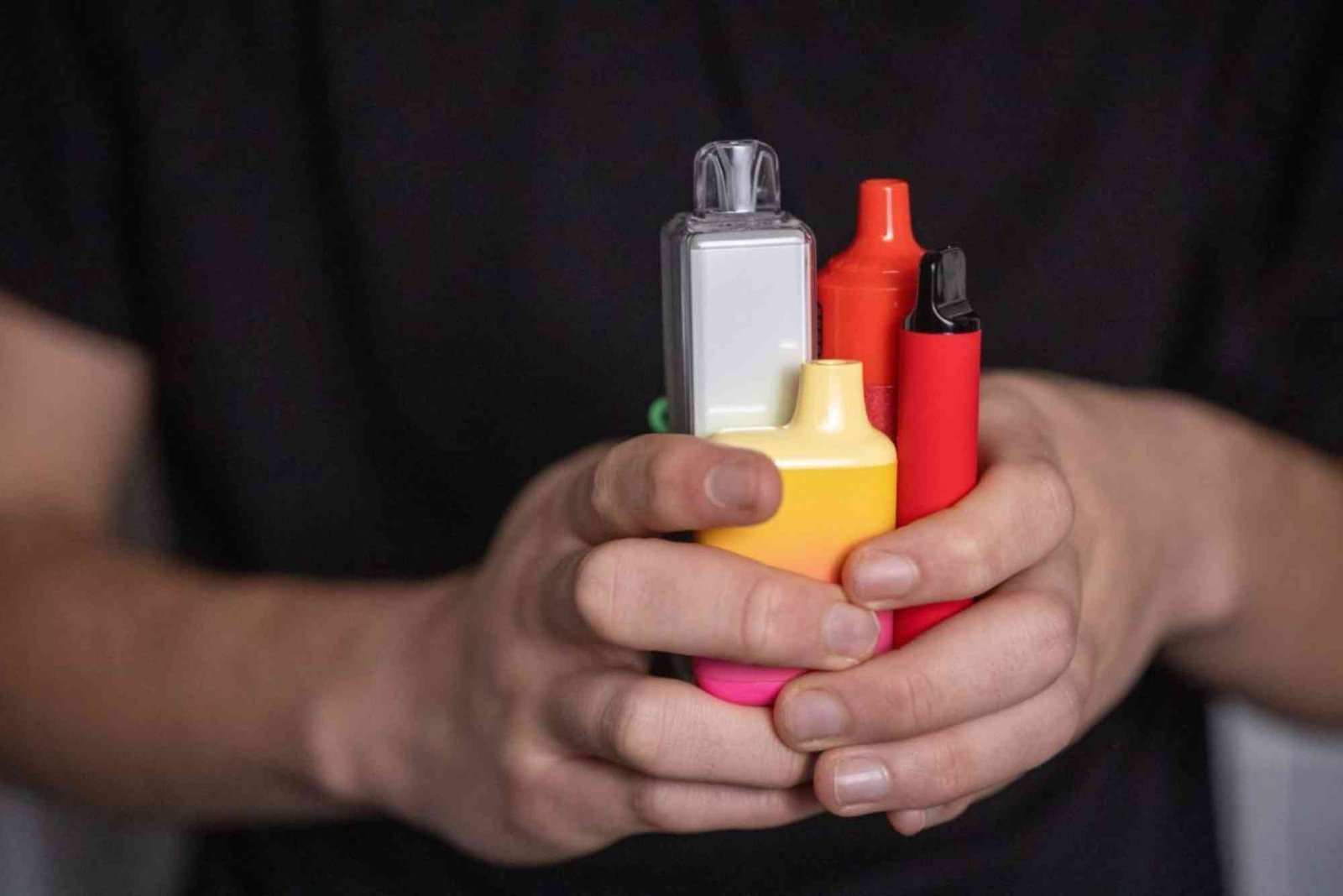Should Vapers Worry About Is Vaping Safe?
The rise of vaping has sparked a heated debate worldwide. Once marketed as a safer alternative to smoking, e-cigarettes and vape devices quickly became popular among both smokers and non-smokers. But as time has passed, one crucial question continues to dominate discussions: is vaping safe?
Understanding the health implications of vaping is not just important for smokers looking to quit but also for young adults who view vaping as a trendy habit. Scientific studies, expert medical opinions, and government regulations have shed light on both potential benefits and serious risks. Let’s explore this complex issue in detail and uncover whether vapers should truly be worried.
What Does “Is Vaping Safe” Really Mean?
When people ask is vaping safe, they often mean: “Is it less harmful than smoking cigarettes?” The truth is, vaping may reduce some risks compared to traditional smoking because it doesn’t involve burning tobacco. However, calling it “safe” is misleading. Safe means free from harm, but research shows vaping is not risk-free. Instead, it sits on a spectrum of harm where it may be less dangerous than smoking but still poses health threats.
How Vaping Works and Why People Think It’s Safer
E-cigarettes heat a liquid—commonly called e-liquid or vape juice—into an aerosol that users inhale. The liquid usually contains nicotine, flavorings, and chemicals such as propylene glycol and glycerin. Unlike traditional cigarettes, there is no combustion, which means fewer tar-related toxins.
This difference is why many believe vaping is safer. For a smoker trying to quit, vaping may seem like a stepping stone toward reducing harm. But non-smokers, especially teenagers, often underestimate the risks of inhaling nicotine and other chemicals into their lungs.
Is Vaping Safer Than Smoking Cigarettes?
Experts generally agree that vaping is less harmful than smoking. Cigarette smoke contains over 7,000 chemicals, including dozens of carcinogens. Vaping eliminates many of those, but not all.
Nicotine is still addictive. The aerosol produced by vapes contains harmful substances such as formaldehyde, acrolein, and heavy metals like lead. So, while vaping might cut down on certain dangers, it does not make the practice risk-free. For long-term smokers, switching to vaping may reduce exposure to toxic chemicals. For non-smokers, however, vaping introduces entirely new risks that would not otherwise exist.
The Health Risks Linked to Vaping
When asking is vaping safe, it’s essential to examine the documented risks:
Respiratory Issues
Inhaled aerosols can irritate the lungs. Some studies link vaping to chronic cough, bronchitis, and reduced lung function. Cases of EVALI (E-cigarette or Vaping Product Use-Associated Lung Injury) highlighted severe, sometimes fatal, consequences of vaping certain products.
Cardiovascular Concerns
Nicotine raises blood pressure and heart rate, straining the cardiovascular system. Research suggests that vaping can increase the risk of heart disease and stroke, particularly in long-term users.
Addiction Potential
Nicotine addiction is one of the biggest dangers. Many vape liquids contain high concentrations of nicotine, and some users consume more than traditional smokers. This dependency can make quitting extremely difficult.
Unknown Long-Term Effects
Vaping is relatively new compared to smoking. Long-term data are limited, but early signs suggest that prolonged use could lead to serious health complications. The uncertainty alone makes the answer to is vaping safe lean toward caution.
Why Young People Should Be Extra Concerned
Teenagers and young adults make up a large portion of new vapers. The appeal lies in flavored vape liquids, social media trends, and the perception that vaping is harmless. However, nicotine affects brain development in adolescents, leading to impaired memory, learning difficulties, and increased risk of addiction.
Studies also reveal that teens who vape are more likely to transition to regular cigarettes. So while vaping may serve as a harm reduction tool for adults, it creates new health risks for younger generations.
The Role of Flavors in the Vaping Debate
One reason vaping exploded in popularity is the wide variety of flavors, from fruity options to dessert-inspired blends. While these flavors make vaping more appealing, they also make it more dangerous by encouraging non-smokers—especially youth—to start.
Some flavorings, when heated, release harmful compounds. For instance, chemicals like diacetyl, linked to “popcorn lung,” have been detected in some vape liquids. This raises another red flag when evaluating is vaping safe.
Is Vaping Safe Without Nicotine?
Many vapers assume nicotine-free liquids eliminate risks. Unfortunately, even without nicotine, vaping still exposes users to harmful chemicals in the aerosol. Inhaling propylene glycol, glycerin, and flavoring agents repeatedly may irritate the lungs and airways.
So while nicotine-free vaping might reduce addiction concerns, it does not make vaping completely safe.
Is Vaping Safe During Pregnancy?
The answer is a firm no. Nicotine can damage fetal development, leading to premature birth, low birth weight, and developmental problems. Even nicotine-free vapes expose pregnant women to harmful chemicals that may affect both mother and child. Health experts strongly warn against vaping during pregnancy.
Can Vaping Help People Quit Smoking?
This is where the conversation gets complicated. For smokers who have tried and failed with other methods, vaping may provide a less harmful alternative. Some studies show that e-cigarettes help people transition away from traditional cigarettes.
However, health organizations like the World Health Organization and CDC remain cautious. They recognize vaping as potentially less harmful but not officially safe or recommended as a primary quitting tool. Proven methods such as nicotine patches, gums, and behavioral therapy are still preferred.
Government Regulations and Public Health Warnings
Different countries take varying stances on vaping. The UK promotes vaping as a harm reduction tool for smokers. The United States, however, emphasizes restrictions, particularly regarding flavored products that attract youth. Other nations like Australia heavily regulate or ban nicotine vapes altogether.
These differing approaches highlight how unsettled the global debate remains. Governments recognize that vaping is not entirely safe, but some see its potential in reducing smoking-related deaths.
So, Is Vaping Safe?
The short answer: no, vaping is not safe. It may be less harmful than traditional smoking, but safety implies freedom from harm, and vaping does not meet that standard. It carries risks of addiction, lung injury, heart disease, and possibly cancer. For smokers, vaping might be a step toward quitting, but it should not be seen as a long-term solution. For non-smokers, especially young people, starting vaping creates unnecessary health risks.
If you are considering vaping, ask yourself whether the risks are worth it. For smokers trying to quit, talk to a healthcare provider about safer, proven alternatives. For non-smokers, the best choice for your health is to avoid vaping altogether. If you’re concerned about your health and wondering is vaping safe, now is the time to seek professional advice. Explore quitting aids, connect with support groups, and make a decision that protects your long-term well-being.
FAQs
Is vaping worse than smoking?
No, vaping is generally less harmful than smoking, but it is not safe. Both carry health risks.
Is secondhand vapor dangerous?
Yes, secondhand vapor contains nicotine and toxic chemicals, though usually in lower amounts than cigarette smoke.
Can you vape without health risks?
No, even nicotine-free vapes contain chemicals that may harm the lungs and cardiovascular system.
Is vaping better than quitting cold turkey?
For smokers who struggle with quitting, vaping may help. But quitting altogether is the safest option.
Does vaping cause cancer?
The risk is lower than with smoking, but some chemicals in vape aerosol are carcinogenic, so the risk is not zero.








